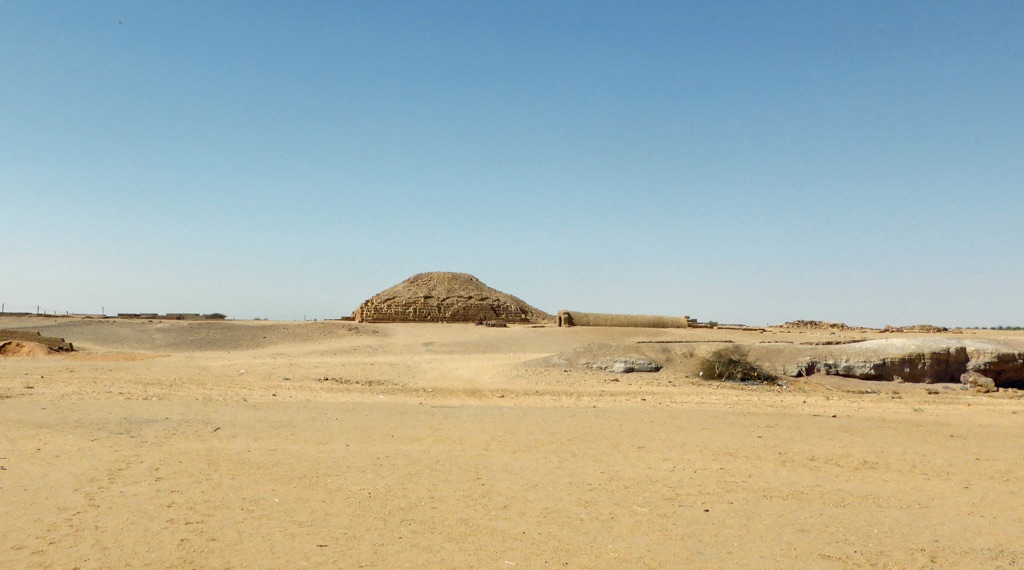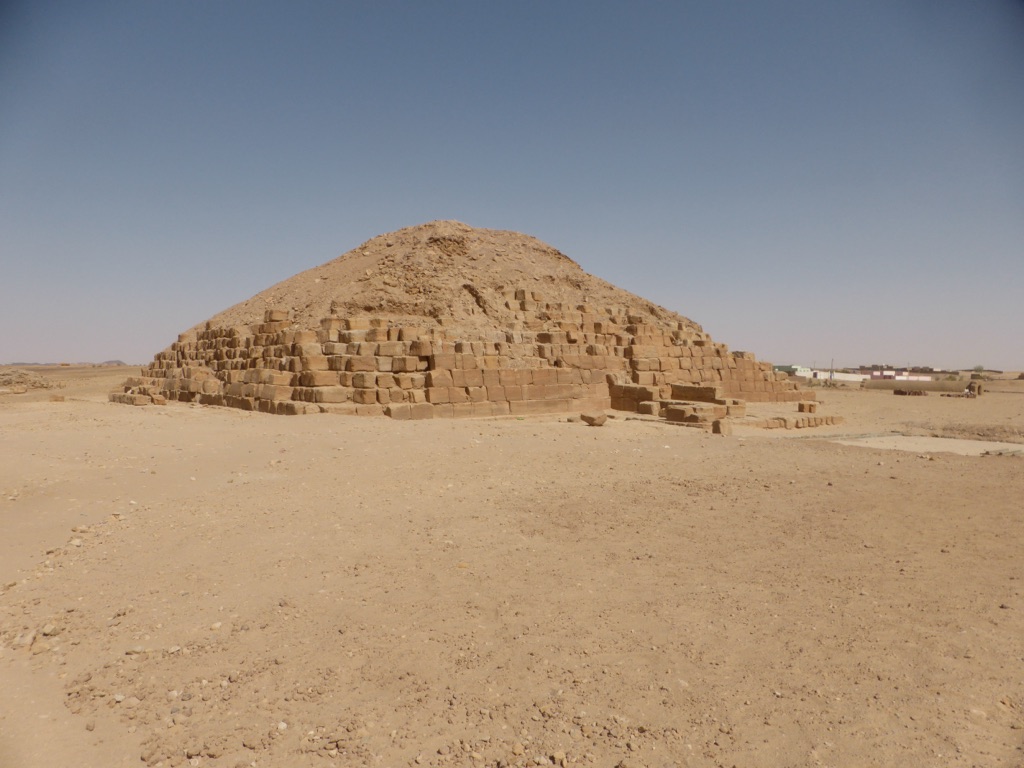The Pyramids at El-Kurru form a royal cemetery that includes some of the earliest pyramids built in Sudan. They served as the burial grounds for kings and queens of the ancient Kushite kingdom, specifically the Napatan dynasty. The site is located near the Nile River, and it is one of the key archaeological sites that provide insight into the civilization that flourished in Nubia. The pyramids, although smaller than their Egyptian counterparts, signify the cultural and political influence of Egypt on the Kushite people. The site also includes chapels and funerary temples that are rich in art and hieroglyphics, shedding light on the religious practices and beliefs of the Kushites.
Get your dose of History via Email
Historical Background of the Pyramids at El-Kurru
The Pyramids at El-Kurru were discovered by George Reisner, an American archaeologist, in the early 20th century. Reisner’s work was pivotal in uncovering the history of the Kushite civilization. The pyramids were constructed during the reign of the Napatan dynasty, which ruled from around 900 to 270 BC. The most notable burials at El-Kurru include King Kashta and his successor, Piye, who conquered Egypt and became the first pharaoh of the 25th dynasty.
The Kushites built these pyramids following the cultural influence of their northern neighbors, the Egyptians. However, they developed their own distinct style and burial customs. The pyramids served as tombs for royalty, and the site was in use until the Napatan period gave way to the Meroitic period. The transition marked a shift in the royal burial site to Meroe, further north.
The site at El-Kurru has not only pyramids but also subterranean burial chambers. These chambers housed the royal dead and were richly decorated with paintings. The artwork depicts the journey of the kings and queens into the afterlife, mirroring Egyptian beliefs. Over time, the site fell into disuse and was eventually abandoned.
El-Kurru’s historical importance extends beyond its function as a burial site. It played a role in the political and cultural exchange between Egypt and Nubia. The site’s artifacts and architecture reflect a civilization that was both influenced by and distinct from ancient Egypt. The pyramids stand as a testament to the power and influence of the Kushite kings, especially during their control over Egypt.
The site has not seen significant inhabitation since its original use. However, it remains an important historical and archaeological site. It provides valuable insights into the early periods of Kushite history and their interactions with ancient Egypt. The pyramids at El-Kurru continue to be a focus for research and study, contributing to our understanding of ancient African civilizations.
About the Pyramids at El-Kurru
The Pyramids at El-Kurru are a collection of royal tombs located in Sudan. They are constructed of local sandstone blocks and are much smaller than the Egyptian pyramids. The Kushite pyramids have a steep inclination and are typically accompanied by a funerary chapel, which would have been used for offerings and rituals.
The architectural style of the pyramids at El-Kurru is distinct. They feature flat tops, unlike the pointed peaks of Egyptian pyramids. The burial chambers beneath the pyramids are cut deep into the rock, with intricate hieroglyphic inscriptions and colorful wall paintings that depict deities and funerary rites.
The construction methods of the Kushite pyramids differ from those of the Egyptians. The Kushites used smaller blocks of stone and built at a steeper angle. This resulted in pyramids that were smaller in scale but still significant as royal tombs. The choice of materials and construction techniques reflects the resources available to the Kushites and their adaptation of Egyptian practices.
The site’s architectural highlights include the presence of chapels and temples that were part of the funerary complex. These structures were integral to the burial rituals and ceremonies of the Kushite elite. The art found within these spaces is a rich source of information about the religious beliefs and practices of the period.
The Pyramids at El-Kurru, though less grand than those in Egypt, are nonetheless impressive. They represent the ingenuity and cultural achievements of the Kushite civilization. The site’s preservation allows for ongoing study and appreciation of this ancient African kingdom’s architectural and artistic legacy.

Theories and Interpretations
Several theories exist about the use and significance of the Pyramids at El-Kurru. The most widely accepted view is that they served as tombs for the Kushite royalty. This is supported by the discovery of burial chambers and the treasures within them.
The mysteries of El-Kurru include the exact religious beliefs and practices of the Kushites. While the influence of Egyptian religion is clear, researchers believe the Kushites adapted these beliefs to their own cultural context. The interpretations of the wall paintings and hieroglyphics continue to evolve as scholars gain a better understanding of the Kushite language and symbols.
The dating of the pyramids has been carried out through various methods, including analysis of pottery styles and radiocarbon dating. These techniques have helped establish the timeline of the site’s use and the reigns of the buried monarchs.
Some theories suggest that the pyramids at El-Kurru also had a ceremonial function beyond being mere tombs. The presence of chapels and temples indicates that rituals and offerings were an important part of the funerary practices. The exact nature of these ceremonies is still a subject of research.
The site’s location near the Nile and its layout suggest that it may have had strategic and ceremonial importance. The alignment of the pyramids and the choice of location are thought to reflect the Kushite understanding of astronomy and the sacred landscape. However, these interpretations are speculative and require further evidence.
At a glance
Country: Sudan
Civilization: Kushite Kingdom
Age: Approximately 900 to 270 BC
Conclusion and Sources
The Pyramids at El-Kurru are a testament to the rich history and cultural achievements of the Kushite Kingdom. They provide valuable insights into the interactions between ancient Nubia and Egypt and the development of early African civilizations. The ongoing research and study of the site continue to reveal new information about the Kushite way of life, their burial practices, and their architectural prowess.
Reputable sources used in the creation of this article include:
– Wikipedia: https://en.wikipedia.org/wiki/El-Kurru
– World History Encyclopedia: https://www.worldhistory.org/kush/

